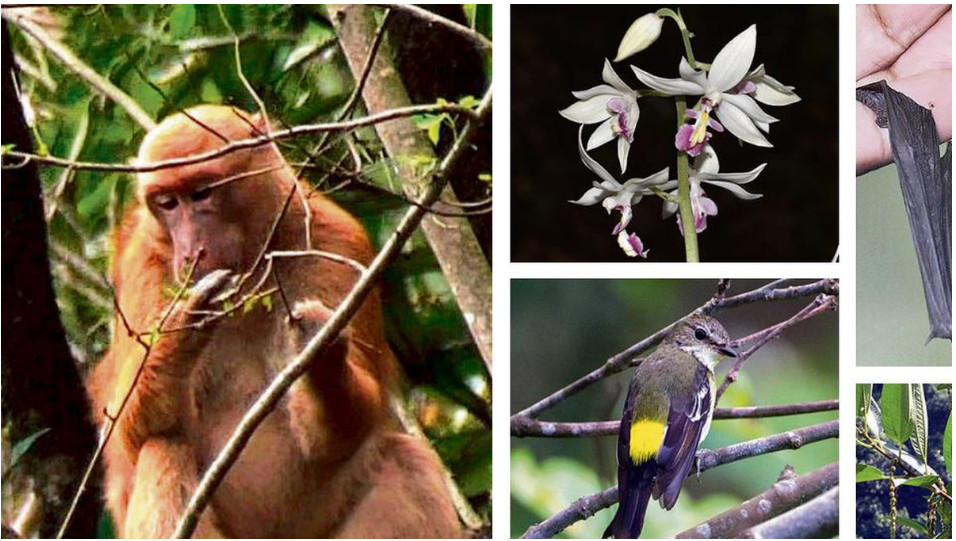Free Courses Sale ends Soon, Get It Now


Free Courses Sale ends Soon, Get It Now



Disclaimer: Copyright infringement not intended.
Context
Other Information
More information about major fauna species discovered
In Faunal species
Mammals
Birds
Reptiles
Amphibian
Fish
Region wise details
In Plant Discoveries
Contribution to the new discoveries
Region and State wise Details
Zoological survey of India
Botanical Survey of India
|
PRACTICE QUESTION Consider the following statements about new discoveries of flora and species in 2022: 1. Less new fauna species were discovered in comparison to flora species. 2. The organization responsible to discover fauna species is Zoological survey of India. Which of the statements given above is/are correct? A. 1 only B. 2 only C. Both 1 and 2 D. Neither 1 nor 2 Answer: (D) |
© 2024 iasgyan. All right reserved